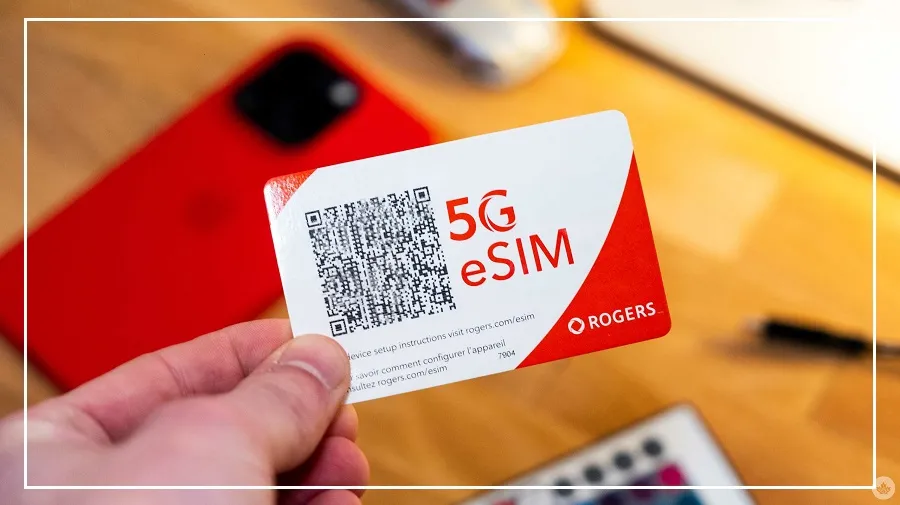In the dynamic landscape of technology, the evolution of SIM cards has become a focal point.
As smartphones dominate the communication realm, the traditional physical SIM card is facing competition from the increasingly popular e-SIM technology.
For those unfamiliar with the nuances of these two options, here’s a breakdown of the differences and considerations to help you make an informed choice.
Understanding e-SIM:
e-SIM, short for Embedded Subscriber Identity Module, is also known as a digital or virtual SIM card.
Unlike its physical counterpart, the e-SIM is embedded directly into the device by the telecom company, eliminating the need for a physical card.
This technology offers the same functionalities as a physical SIM but is considered more secure, as there is no risk of theft or loss.
In the event of a lost or stolen phone, e-SIM activation facilitates easy tracking.
Benefits of e-SIM:
Convenience: No need for physical insertion or removal.
Security: Reduced risk of loss or theft.
Trackability: Enhanced tracking capabilities for lost or stolen devices.
Durability: Lower risk of physical damage.
Activation Process for e-SIM:
For those looking to switch to e-SIM, the activation process varies by telecom provider. As an example, if using a Jio SIM, users can send an SMS with “GETESIM” along with the EID number and IMEI to 199.
Subsequently, a 19-digit number will be provided, and users can then send “e-SIM” with “SIMCHG” to 199 to initiate configuration and select a data plan.
Choosing the Right SIM for You: The decision between a physical SIM and an e-SIM ultimately depends on individual preferences and priorities. Here are some considerations:
e-SIM: Ideal for those seeking a small, secure, and convenient SIM card with advanced tracking features.
Physical SIM: Suited for individuals prioritizing cost-effectiveness and simplicity.
In a rapidly evolving technological landscape, both SIM options cater to different user needs.
Whether you opt for the convenience of e-SIM or the familiarity of a physical SIM, making the right choice hinges on your unique requirements and preferences.

























